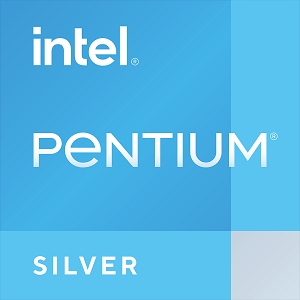Intel Processor N250 vs Apple M4 Max 14 Core
We compared two laptop CPUs: Intel Processor N250 with 4 cores 0.1GHz and Apple M4 Max 14 Core with 14 cores 4.52GHz . You will find out which processor performs better in benchmark tests, key specifications, power consumption and more.
Main Differences
Intel Processor N250 's Advantages
Lower TDP (6W vs 62W)
Apple M4 Max 14 Core 's Advantages
Better graphics card performance
Higher specification of memory (8533 vs 4800)
Larger memory bandwidth (410GB/s vs 38.4GB/s)
Higher base frequency (4.52GHz vs 0.1GHz)
More modern manufacturing process (3nm vs 10nm)
Score
Benchmark
Geekbench 6 Single Core
Intel Processor N250
1017
Apple M4 Max 14 Core
+293%
3997
Geekbench 6 Multi Core
Intel Processor N250
2031
Apple M4 Max 14 Core
+1044%
23252
General Parameters
Jan 2025
Release Date
Oct 2024
Intel
Manufacturer
Apple
Laptop
Type
Laptop
x86-64
Instruction Set
ARMv9
Twin Lake
Core Architecture
Apple M4
N250
Processor Number
-
Intel BGA 1264
Socket
Apple M-Socket
UHD Graphics 730
Integrated Graphics
Apple M4 Max GPU (32-core)
Intel Processor (Alder Lake-N)
Generation
-
Package
10 nm
Manufacturing Process
3 nm
6 W
Power Consumption
62 W
105°C
Peak Operating Temperature
100 °C
Intel
Foundry
-
CPU Performance
-
Performance Cores
10
-
Performance Core Threads
10
0.1 GHz
Performance Core Base Frequency
4.52 GHz
3.8 GHz
Performance Core Turbo Frequency
-
4
Efficiency Cores
4
4
Efficiency Core Threads
4
1.3 GHz
Efficiency Core Base Frequency
2.59 GHz
3.8 GHz
Efficiency Core Turbo Frequency
-
4
Total Core Count
14
4
Total Thread Count
14
100 MHz
Bus Frequency
-
1.0
Multiplier
45
96 KB per core
L1 Cache
-
2 MB shared
L2 Cache
-
6 MB shared
L3 Cache
-
No
Unlocked Multiplier
No
1
SMP
-
Memory Parameters
DDR4-3200, DDR5, LPDDR5-4800
Memory Types
LPDDR5X-8533
16 GB
Max Memory Size
-
Max Memory Channels
-
38.4 GB/s
Max Memory Bandwidth
410 GB/s
No
ECC Memory Support
No
Graphics Card Parameters
true
Integrated Graphics
true
300 MHz
GPU Base Frequency
500 MHz
1250 MHz
GPU Max Dynamic Frequency
1800 MHz
256
Shader Units
4096
16
Texture Units
256
8
Raster Operation Units
128
32
Execution Units
512
Power Consumption
51
0.74 TFLOPS
Graphics Performance
14.7 TFLOPS









